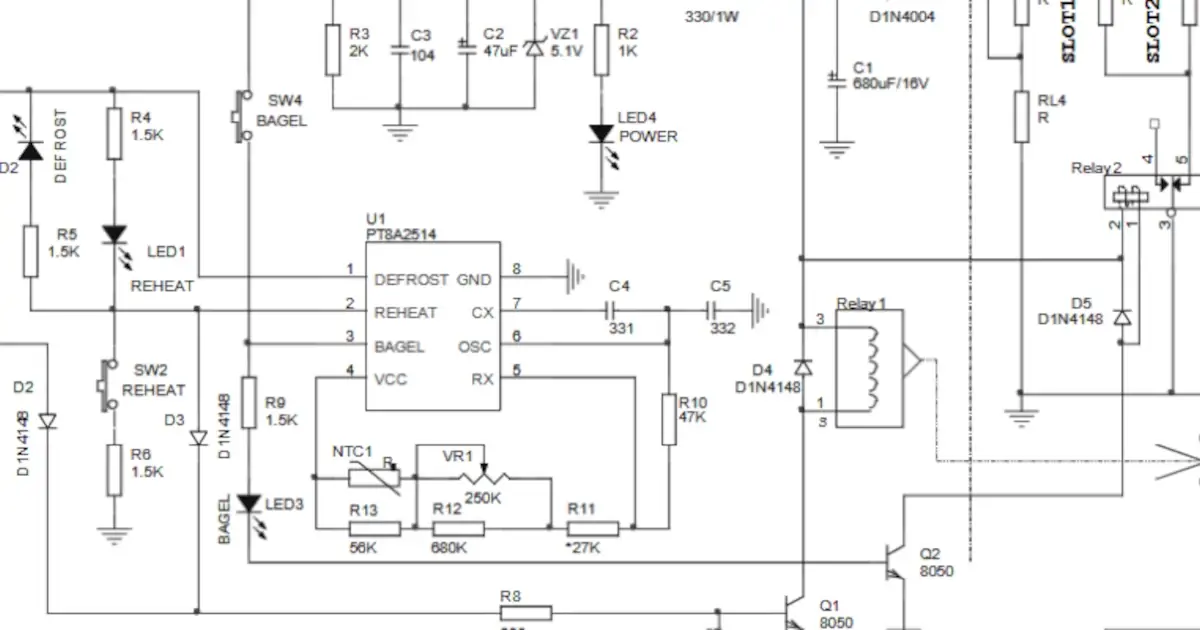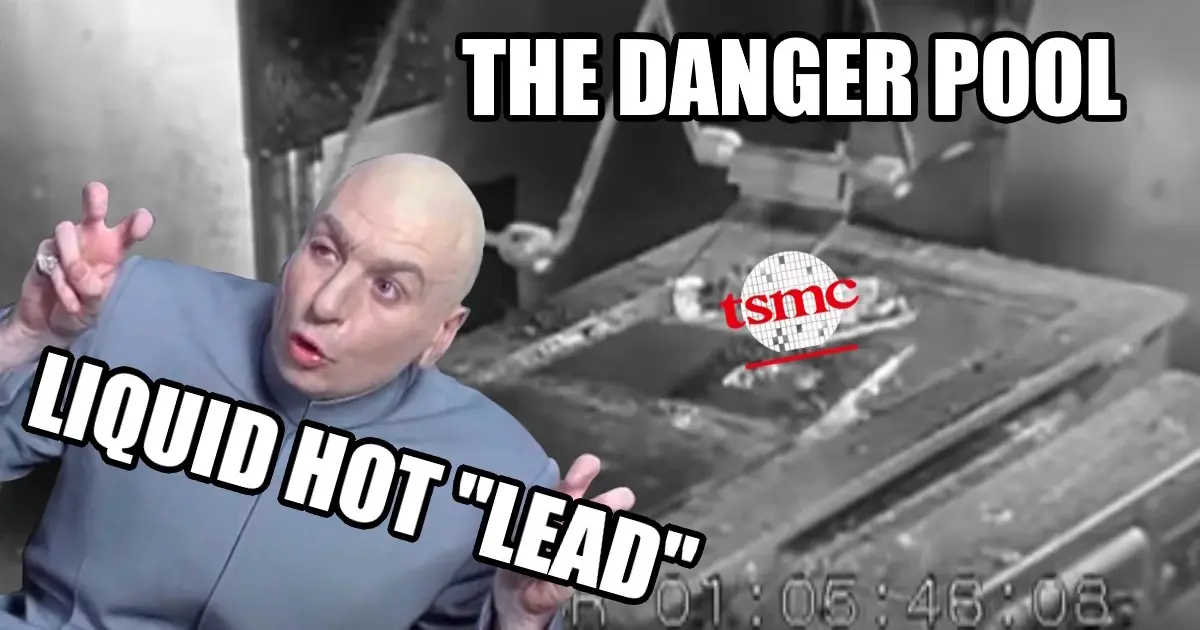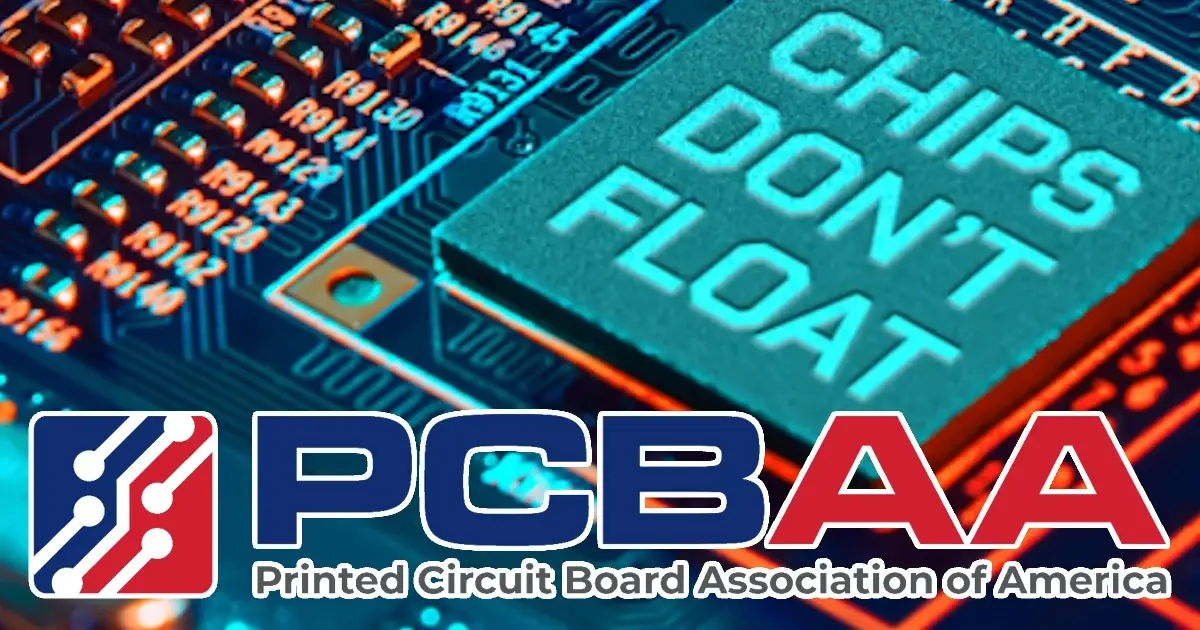Related Topics
The Toilet Mountain of Social Media
The hefty topic of U.S. funding for 'digital twin' chips research under the CHIPS Act, comparing its budget to other big expenditures.
Guard the CHIPS, New Math for Double E’s
Community feedback that led Parker to order a Bambu X1 Carbon 3D Printer, arriving any day now, S to the L to the A, “guardrails” that the U.S.
CHIPS Can’t Dip
This week we’re joined by David Schild, the Executive Director of the Printed Circuit Board Association of America (PCBAA).
Other Resources
Circuit Break Podcast
Webinars
Videos
Tour MacroFab's ITAR-Compliant Facility
September 23, 2022, Episode #345
Pool Shark Update!
Wolfspeed fab for NC is latest on CHIPS Act list
- 668,000 domestic manufacturing jobs
- Global Unemployment. Do we have enough people for this?
- What technology are they aiming for?
Here’s the latest hot list of cool chip fabs coming to the US
- GlobalFoundries
- 180nm down to 12nm
- Intel
- Ohio
- New Mexico
- Arizona
- Micron
- Memory Chips
- Samsung
- High end computing
- Texas Instruments
- 45nm+ analog, embedded electronics
- Articles say it will complement other factories already in Texas
- TSMC
- 5nm
- Wolfspeed
- Worlds largest silicon carbide manufacturing facility
- Much higher power devices with higher voltage capabilities due to large band gap
Failure Friday – Break something at the office this week? We want to hear about it!
- Billed the wrong phase of a project
- Dry air means static buildup, I don’t think my 3v test circuit appreciated being a path to ground :’-(
- I ran over a 3D printer with a forklift
- Saw a customer supplied “napkin sketch” that stated 12’x12″ (12 feet x 12 inches).
- “I read it as 12 inches x 12 inches, product was cut to that size.”
- Customer was not happy
- Sparky sparky boom boom
What to do to make your open source project more accessible – or more popular
- Use popular tool chains and environments for ease of access
- If the tool chain is not simple to install, offer a docker or really good instructions
- Document your process and have someone test your instructions!
- Cherish all feedback
- If someone has a problem, do not say “works for me”
- They may have found an edge case to fix!
About the Hosts

Parker Dillmann
Parker is an Electrical Engineer with backgrounds in Embedded System Design and Digital Signal Processing. He got his start in 2005 by hacking Nintendo consoles into portable gaming units. The following year he designed and produced an Atari 2600 video mod to allow the Atari to display a crisp, RF fuzz free picture on newer TVs. Over a thousand Atari video mods where produced by Parker from 2006 to 2011 and the mod is still made by other enthusiasts in the Atari community.
In 2006, Parker enrolled at The University of Texas at Austin as a Petroleum Engineer. After realizing electronics was his passion he switched majors in 2007 to Electrical and Computer Engineering. Following his previous background in making the Atari 2600 video mod, Parker decided to take more board layout classes and circuit design classes. Other areas of study include robotics, microcontroller theory and design, FPGA development with VHDL and Verilog, and image and signal processing with DSPs. In 2010, Parker won a Ti sponsored Launchpad programming and design contest that was held by the IEEE CS chapter at the University. Parker graduated with a BS in Electrical and Computer Engineering in the Spring of 2012.
In the Summer of 2012, Parker was hired on as an Electrical Engineer at Dynamic Perception to design and prototype new electronic products. Here, Parker learned about full product development cycles and honed his board layout skills. Seeing the difficulties in managing operations and FCC/CE compliance testing, Parker thought there had to be a better way for small electronic companies to get their product out in customer's hands.
Parker also runs the blog, longhornengineer.com, where he posts his personal projects, technical guides, and appnotes about board layout design and components.

Stephen Kraig
Stephen Kraig is a component engineer working in the aerospace industry. He has applied his electrical engineering knowledge in a variety of contexts previously, including oil and gas, contract manufacturing, audio electronic repair, and synthesizer design. A graduate of Texas A&M, Stephen has lived his adult life in the Houston, TX, and Denver, CO, areas.
Stephen has never said no to a project. From building guitar amps (starting when he was 17) to designing and building his own CNC table to fine-tuning the mineral composition of the water he uses to brew beer, he thrives on testing, experimentation, and problem-solving. Tune into the podcast to learn more about the wacky stuff Stephen gets up to.
Special thanks to whixr over at Tymkrs for the intro and outro!
Related Podcasts

Artisan Sudo Toasters
Stephen debarks into the cold void that is linux. Will he survive the frozen sudo tundra? Adventures in Rapsberry Pis and Wiring Hardness designs!

The Danger Pool
The CHIPS act is driving chip manufacturers like Texas Instruments, TSMC, and Intel to expand in the US, but there's a shortage of engineering manpower.

CHIPS Can’t Dip
This week we’re joined by David Schild, the Executive Director of the Printed Circuit Board Association of America (PCBAA).

The Toilet Mountain of Social Media
The hefty topic of U.S. funding for 'digital twin' chips research under the CHIPS Act, comparing its budget to other big expenditures.

Guard the CHIPS, New Math for Double E’s
Community feedback that led Parker to order a Bambu X1 Carbon 3D Printer, arriving any day now, S to the L to the A, “guardrails” that the U.S.
About MacroFab
MacroFab offers comprehensive manufacturing solutions, from your smallest prototyping orders to your largest production needs. Our factory network locations are strategically located across North America, ensuring that we have the flexibility to provide capacity when and where you need it most.
Experience the future of EMS manufacturing with our state-of-the-art technology platform and cutting-edge digital supply chain solutions. At MacroFab, we ensure that your electronics are produced faster, more efficiently, and with fewer logistic problems than ever before.
Take advantage of AI-enabled sourcing opportunities and employ expert teams who are connected through a user-friendly technology platform. Discover how streamlined electronics manufacturing can benefit your business by contacting us today.